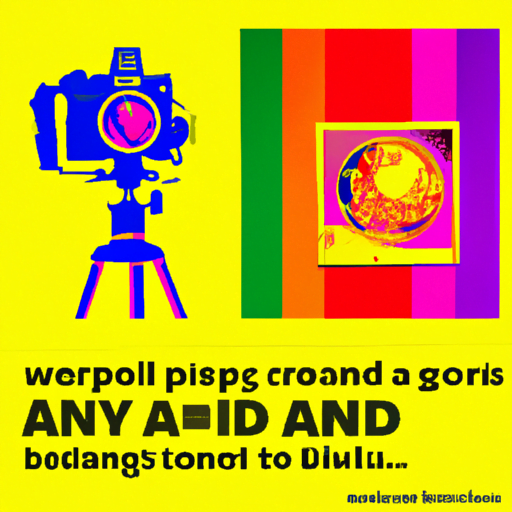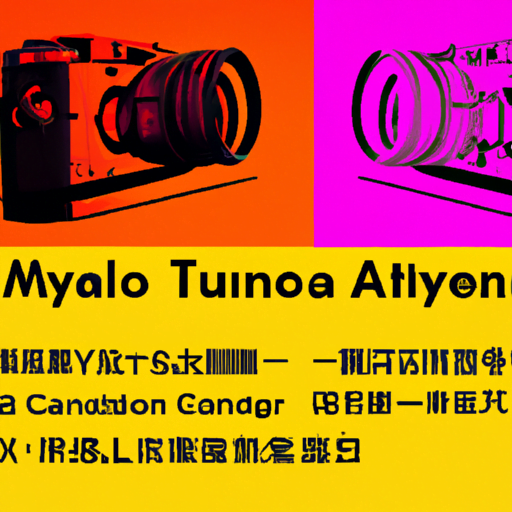
-
Table of Contents
Designing for Multilingual Communication: Beyond Translation

In today’s globalized world, effective communication is crucial for businesses and organizations to reach a diverse audience. With the rise of the internet and the increasing interconnectedness of people from different cultures and languages, designing for multilingual communication has become more important than ever. While translation is an essential component, it is not enough to ensure effective communication across language barriers. This article explores the challenges and strategies involved in designing for multilingual communication, going beyond translation to create meaningful and inclusive experiences for all users.
The Limitations of Translation
Translation is often the first step that comes to mind when considering multilingual communication. It involves converting text from one language to another while preserving the meaning and intent. While translation is undoubtedly important, it has its limitations:
- Cultural nuances: Languages are deeply intertwined with culture, and certain expressions or concepts may not have direct equivalents in other languages. Translating word-for-word can lead to misunderstandings or loss of meaning.
- Contextual understanding: Translators may not always have the full context of the content they are translating, leading to potential inaccuracies or misinterpretations.
- Idiomatic expressions: Idioms and colloquialisms can be challenging to translate accurately, as they often rely on cultural references that may not exist in other languages.
While translation is an essential starting point, it is crucial to go beyond literal translation to ensure effective communication across languages and cultures.
Understanding Cultural Differences
Designing for multilingual communication requires a deep understanding of cultural differences and user expectations. Cultural norms, values, and preferences can significantly impact how users perceive and interact with digital content. Here are some key considerations:
- Color symbolism: Colors can have different meanings and associations in different cultures. For example, while white represents purity in Western cultures, it symbolizes mourning in some Asian cultures. Designers must be mindful of these cultural nuances when selecting color palettes.
- Iconography: Icons and symbols can also carry different meanings across cultures. For instance, a thumbs-up gesture may be seen as positive in Western cultures but offensive in some Middle Eastern cultures. Using culturally neutral or customizable icons can help mitigate potential misunderstandings.
- Layout and navigation: The layout and navigation of a website or application should be intuitive and familiar to users from different cultural backgrounds. For example, in some cultures, reading from right to left is the norm, so adapting the layout accordingly can enhance user experience.
By understanding and incorporating cultural differences into the design process, designers can create inclusive experiences that resonate with users from diverse backgrounds.
Localization: Adapting to Local Contexts
Localization goes beyond translation by adapting content to suit the local context and preferences of the target audience. It involves considering not only language but also cultural, social, and legal aspects. Here are some key elements of localization:
- Date and time formats: Different countries and regions have varying date and time formats. Adapting these formats to the local conventions improves usability and prevents confusion.
- Units of measurement: Measurement systems differ across countries, with some using the metric system and others using imperial units. Providing options for users to select their preferred units can enhance usability.
- Payment methods: Payment preferences vary globally, with different countries favoring specific payment methods. Adapting payment options to local preferences can improve conversion rates and customer satisfaction.
Localization also involves considering legal requirements, such as privacy regulations and data protection laws, which may vary from country to country. Adhering to local regulations ensures compliance and builds trust with users.
Designing for Multilingual Content
Designing for multilingual content involves more than just translating text. It requires careful consideration of the overall user experience and the impact of language on design elements. Here are some strategies to create effective multilingual designs:
- Whitespace and text expansion: Different languages have varying text lengths, and translations may result in text expansion or contraction. Designers should allow for flexibility in layout and whitespace to accommodate different text lengths without compromising readability or aesthetics.
- Font selection: Fonts can have different character sets and may not support all languages. Choosing fonts that support a wide range of languages ensures legibility and consistency across translations.
- Directionality: Some languages are read from right to left, while others are read from left to right. Designers should consider the directionality of the target language and adapt the layout accordingly to maintain readability and flow.
Additionally, providing language switchers or language selection options allows users to choose their preferred language, enhancing accessibility and usability.
Case Studies: Successful Multilingual Designs
Several companies and organizations have successfully implemented multilingual designs to cater to diverse audiences. Let’s explore a few case studies:
1. Airbnb
Airbnb, a global online marketplace for lodging and tourism experiences, has a strong focus on multilingual communication. They provide localized websites and apps in multiple languages, allowing users to search, book, and communicate in their preferred language. Airbnb also incorporates cultural considerations by adapting their design elements to suit different regions, such as using localized imagery and highlighting local experiences.
2. Google
Google is known for its commitment to multilingual communication. Their search engine and various products are available in numerous languages, ensuring accessibility for users worldwide. Google also invests in localization efforts, adapting their products to suit local contexts and preferences. For example, Google Maps provides localized maps, directions, and place names to enhance usability and relevance for users in different countries.
3. Duolingo
Duolingo, a popular language-learning platform, understands the importance of designing for multilingual communication. They offer courses in multiple languages, allowing users to learn a new language in their native language. Duolingo’s interface is designed to be intuitive and user-friendly, making language learning accessible to a global audience.
Conclusion
Designing for multilingual communication goes beyond translation. It requires a deep understanding of cultural differences, localization efforts, and thoughtful design considerations. By considering cultural nuances, adapting to local contexts, and designing for multilingual content, businesses and organizations can create inclusive experiences that resonate with diverse audiences. Successful case studies like Airbnb, Google, and Duolingo demonstrate the importance of prioritizing multilingual communication in today’s globalized world. By embracing the challenges and opportunities of multilingual design, we can bridge language barriers and foster meaningful connections across cultures
